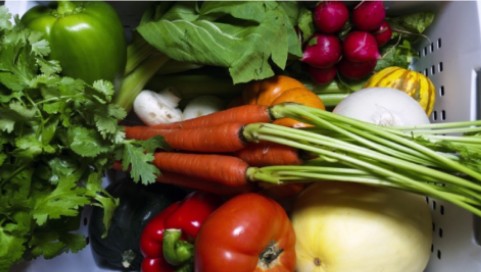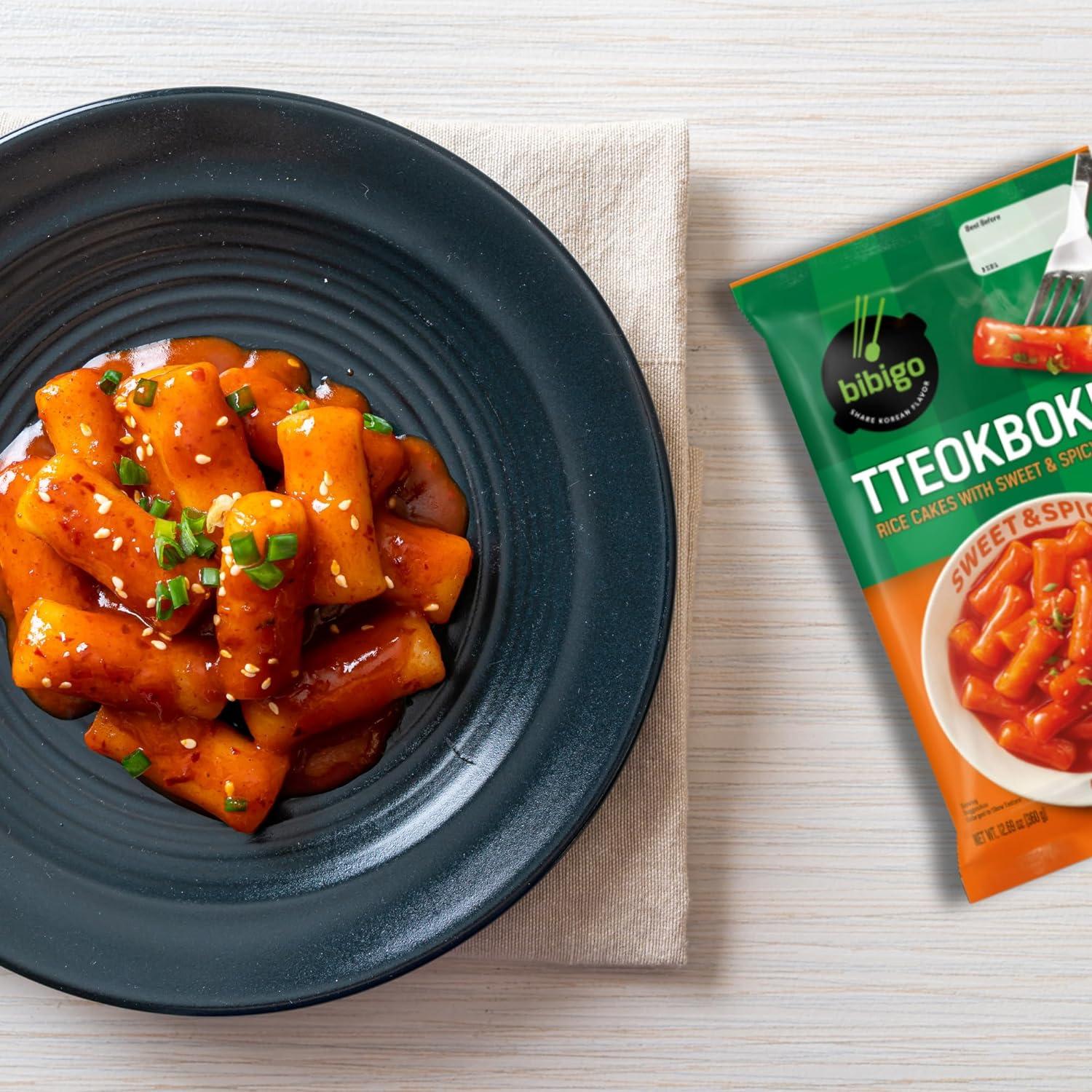A Parent’s Guide to Introducing Solids

Introducing solids to your baby is a significant milestone in their development. As a parent, you want to ensure that your little one receives the best nutrition and enjoys a smooth transition to solid foods. While convenient options like baby food pouches are available, you must comprehensively understand how to make informed choices for your child’s diet. This article will explore the critical aspects of introducing solids to your baby, from when to start to essential tips for a successful transition.
When to Start
Determining the right time to introduce solids to your baby is a crucial decision that can impact their development and overall health. The general guideline is to begin around six months of age. Most babies have reached a stage where they can sit up with support, have better head control, and display signs of being ready for solid foods. However, it’s essential to remember that every child is unique; some may be ready earlier or later. Consulting with your pediatrician is highly recommended to ensure you start solids appropriately for your baby.
Choosing the Right First Foods
The initial foods you offer to your baby are essential for their nutrition and taste development. It’s advisable to begin with single-ingredient, iron-rich foods. Iron is a vital nutrient for your baby’s growth and brain development. Opt for iron-fortified infant cereal, pureed fruits (such as apples or pears), or vegetables (like sweet potatoes or peas). You can easily monitor your baby for allergic reactions or sensitivities using single ingredients. Remember to introduce new foods one at a time and wait a few days before adding another to identify potential allergens.
Progressing to Textures
As your baby becomes more accustomed to solids, it’s essential to gradually introduce new textures and flavours to their diet. Start by transitioning from smooth purees to slightly thicker textures and finely chopped or mashed foods. This progression allows your child to develop oral motor skills and adapt to different textures, setting the stage for more complex foods as they grow.
Baby-Led Weaning
Baby-led weaning is an alternative approach to introducing solids that empower your baby to explore and self-feed from an early age. Instead of spoon-feeding purees, you offer age-appropriate finger foods your baby can grasp and eat independently. These can include soft fruits, steamed vegetables, and well-cooked pieces of meat. Baby-led weaning promotes independence and fine motor skill development as your baby learns to feed themselves.
Balancing Nutrients
Balancing your baby’s nutrient intake is a critical aspect of their diet. Ensure that they receive a variety of foods to meet their nutritional needs. Incorporate protein, iron, calcium, and healthy fats into their meals. Additionally, continue breastfeeding or formula feeding alongside solid foods to provide essential nutrients and maintain hydration. It’s crucial to acknowledge that baby formula manufacturers recommend using infant formula that hasn’t been touched or heated beyond 2 hours when left at room temperature, as this is the recommended duration for how long formula can sit out safely.
Introducing Allergenic Foods
Recent guidelines recommend introducing allergenic foods like peanuts, eggs, and dairy early in your baby’s solid food journey. This approach may help reduce the risk of food allergies later in life. However, it’s essential to consult with your pediatrician, especially if your family has a history of food allergies, to determine the safest way to introduce these potential allergens to your baby’s diet.
Transitioning to Table Foods
As your baby grows and their teeth develop, they will gradually start eating more of the same foods as the rest of the family. This is an exciting phase where your child can enjoy family meals and bond over shared food experiences. Ensure that the foods you offer are age-appropriate and free from choking hazards. Be mindful of spices and salt content, as babies’ taste buds are still developing.
Healthy Eating Habits
Instilling healthy eating habits from an early age sets the foundation for a lifetime of nutritious choices. Offer diverse foods to expose your baby to different flavours and nutrients. As a parent, you play a pivotal role in being a positive role model by enjoying healthy meals yourself. Limit sugary and processed foods, and focus on whole, fresh ingredients to promote a healthy relationship with food for your child.
Healthy Meal Preparation
Focusing on healthy meal preparation is crucial once you’ve introduced your baby to solids like convenient baby food pouches and they are transitioning to table foods. This ensures your child receives nutritious meals and sets a positive example for their future eating habits.
- Plan Balanced Meals: Design well-rounded meals that incorporate a variety of food groups, including fruits, vegetables, lean proteins, whole grains, and dairy products. By providing a balanced diet, you ensure that your child receives the necessary nutrients for their growth and development.
- Portion Control: Pay attention to portion sizes appropriate for your child’s age and appetite. Avoid overfeeding, as it can lead to unhealthy eating habits and potential weight issues in the future.
- Limit Sugary and Processed Foods: Minimise the consumption of sugary snacks and highly processed foods in your child’s diet. These items can lead to excessive sugar intake and provide limited nutritional value.
- Encourage Home Cooking: Whenever possible, prepare meals at home rather than relying on packaged or fast food options. Home-cooked meals allow you to control ingredients, portion sizes, and cooking methods, ensuring the healthiest options for your child.
- Include Your Child: Involve your child in meal preparation. Depending on their age, they can assist with simple tasks like washing vegetables, stirring ingredients or setting the table. This involvement fosters a sense of ownership over their meals and can make them more enthusiastic about trying new foods.
- Be a Role Model: Your eating habits significantly influence your child’s choices. Set a positive example by enjoying nutritious foods and demonstrating mindful eating practices.
Conclusion
In conclusion, introducing solids to your baby is a significant milestone that requires thoughtful consideration. You can support your baby’s growth and development by starting at the right time, choosing appropriate first foods, and gradually progressing through textures. Whether you opt for traditional spoon-feeding or baby-led weaning, maintaining a balanced diet and introducing allergenic foods with care is essential to ensure your baby’s overall health and well-being. As your child transitions to table foods and develops healthy eating habits, you nurture their lifelong relationship with food and nutrition.






